History
Trinity Church in the City of Boston is a parish of the Episcopal Diocese of Massachusetts.
In continuous existence since its founding in 1733, Trinity Church is the third oldest Episcopal parish in Boston, after King’s Chapel (1686) and Christ Church (1722). The parish currently has a congregation of approximately 4,000 households. Every Sunday and throughout the week, Trinity holds services that are celebrated for the quality of their preaching and music.
The current structure is the third building for the parish and stands as the largest building in the Episcopal Diocese of Massachusetts, with a seating capacity of 1350 people for weekly worship and for special city-wide events. Voted the finest building in the United States by members of the architecture profession in 1885, Trinity remained the only building from the original list of ten structures when the American Institute of Architects held a similar competition in 1986. Welcoming more than 70,000 visitors each year, in addition to those coming for worship, the church celebrates its commitment to the city and its citizens through scores of outreach projects and the focused activities of Trinity Boston Connects.
The Building
The first two buildings were located on Summer Street in downtown Boston, in the neighborhood that is now called Downtown Crossing. In 1869 when the Reverend Phillips Brooks, a nationally renowned preacher, was installed as the 9th rector, the formerly-residential area had become increasingly commercial. Brooks encouraged church leaders to relocate the parish to Boston’s newest residential area — newly filled Back Bay, formerly a salt marsh. Trinity had already purchased land in the Back Bay when the Great Fire of 1872 swept through downtown Boston destroying virtually everything including the second church. The architect for the new building had been selected as well, Henry Hobson Richardson. The building he designed— Trinity’s current home — was constructed and decorated between 1872 and 1877.
Brooks heavily influenced the design and decoration of the new building. He sought to create a large, welcoming, and inspiring space for his preaching and Episcopal liturgy. Both the rector and architect envisioned a “color church.” The dramatic and vibrant interior decoration was achieved by painter John La Farge and his team of artists. Succeeding generations of parishioners have enriched and embellished the exterior and interior of the building with sculpture, memorial plaques, stained glass, and needlepoint kneelers, making it an important site for both Christian and artistic pilgrimage. In 1971 the building was designated a National Historic Landmark.
The People
Trinity has long been a thriving parish with a diverse congregation, more diverse historically than many people realize. Through initiatives such as From the Historian, we delve into the past to uncover the stories of the people who have worshipped at Trinity and been part of this dynamic and evolving faith community. While celebrating our diversity, we must also continue to explore the parish’s complicity with racial injustice and acknowledge the benefits afforded to the parish, indeed to this present day, by the accumulation of wealth associated with slavery and the slave trade.
Sources and Recommended Resources
- Trinity Church Guidebook (2016) (buy online in the shop)
- Consolations of God: Great Sermons of Phillips Brooks (buy online in the shop)
- The Makers of Trinity Church (purchase online)
- Means of Grace, Hope of Glory (buy online in the shop)
Legacy of Love: 125 Years of Inspiration from the Trinity Pulpit (buy online in the shop)
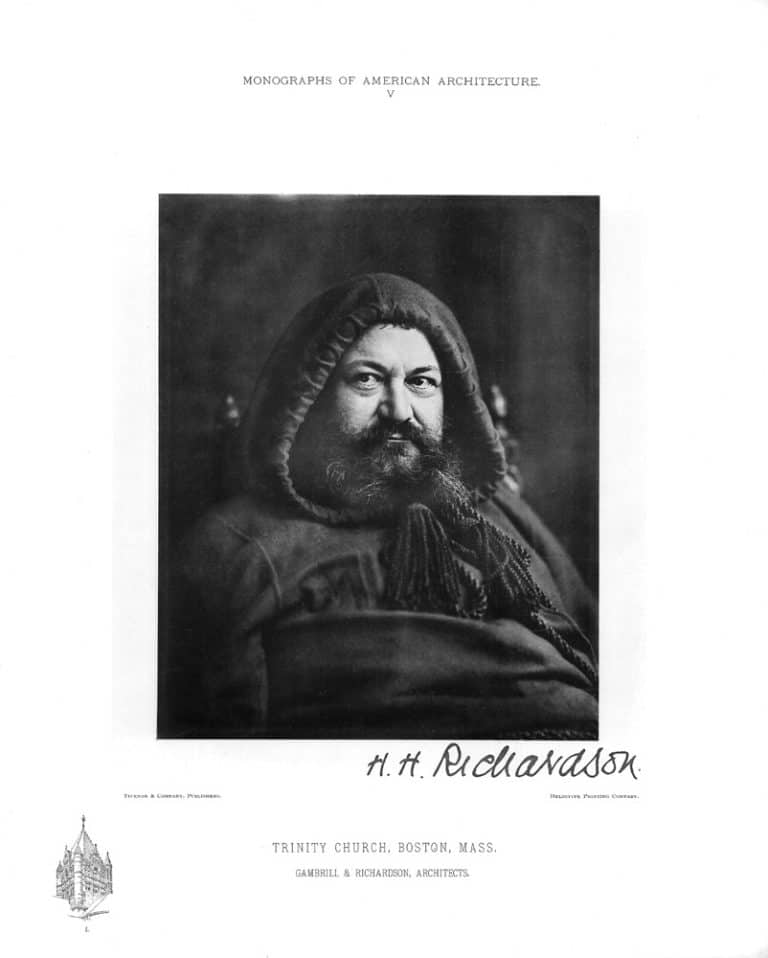
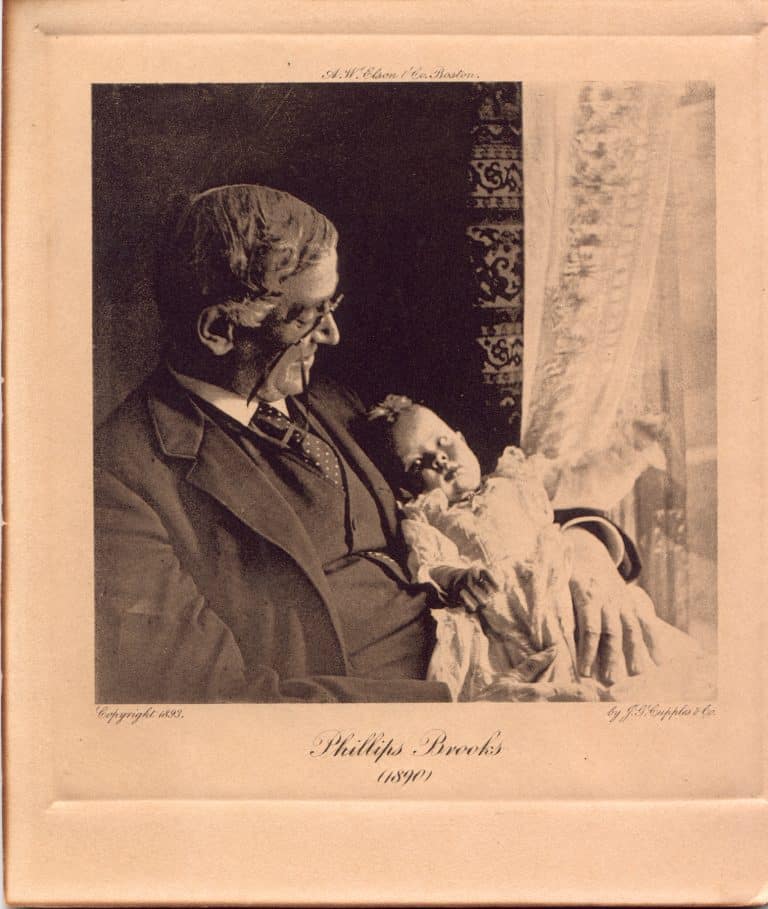
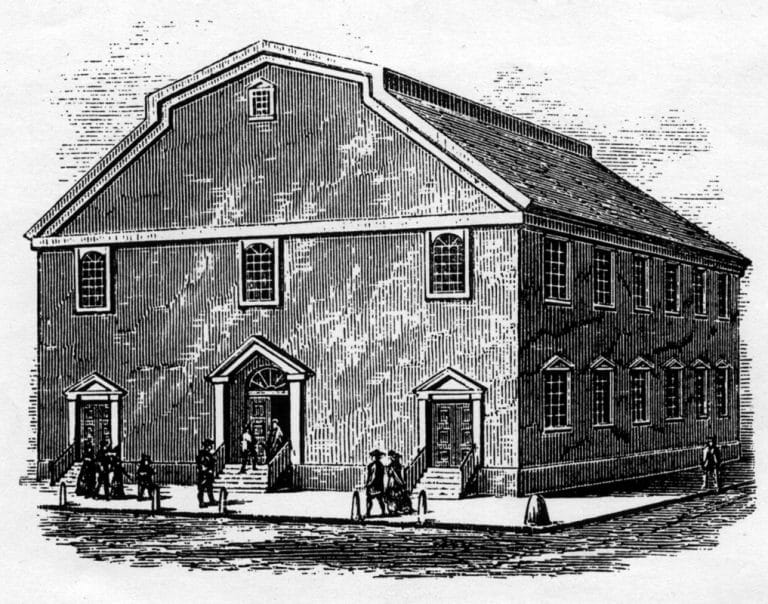
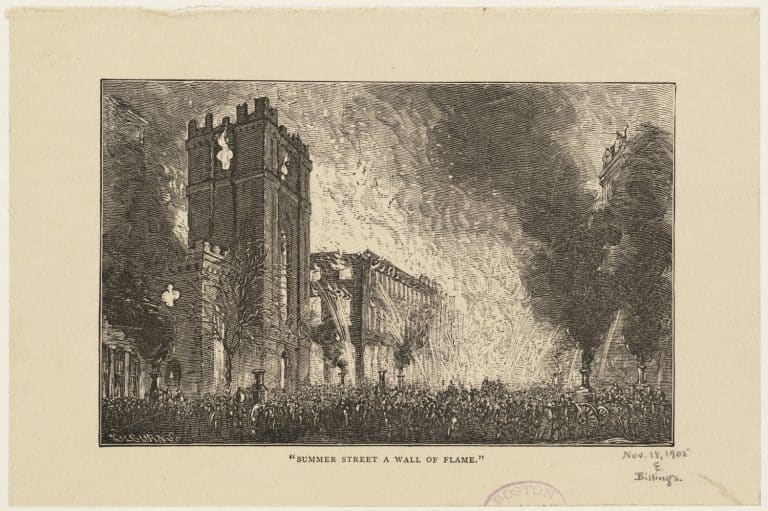
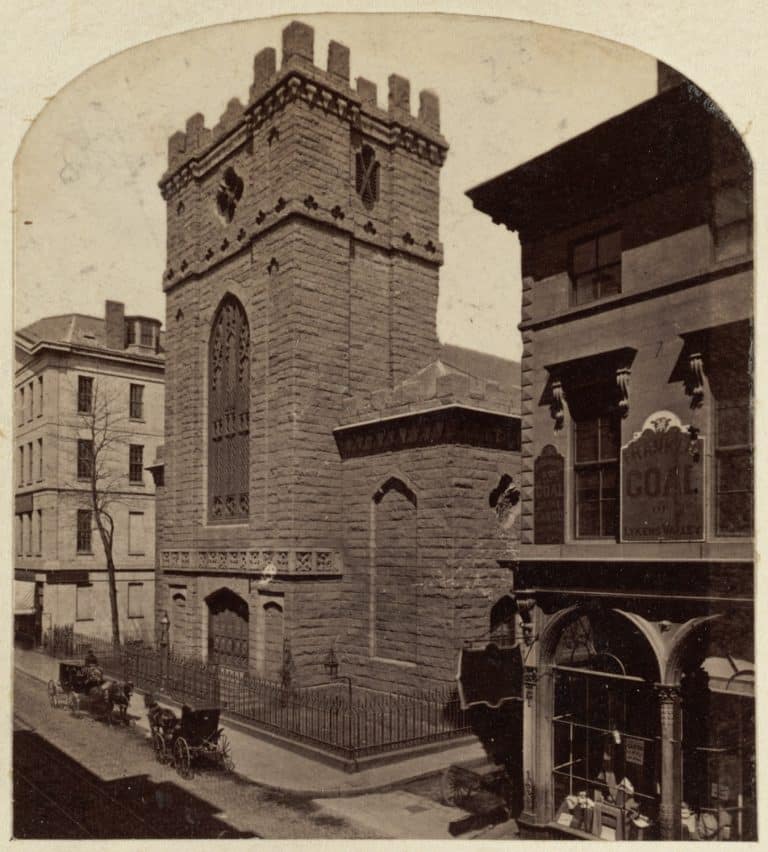
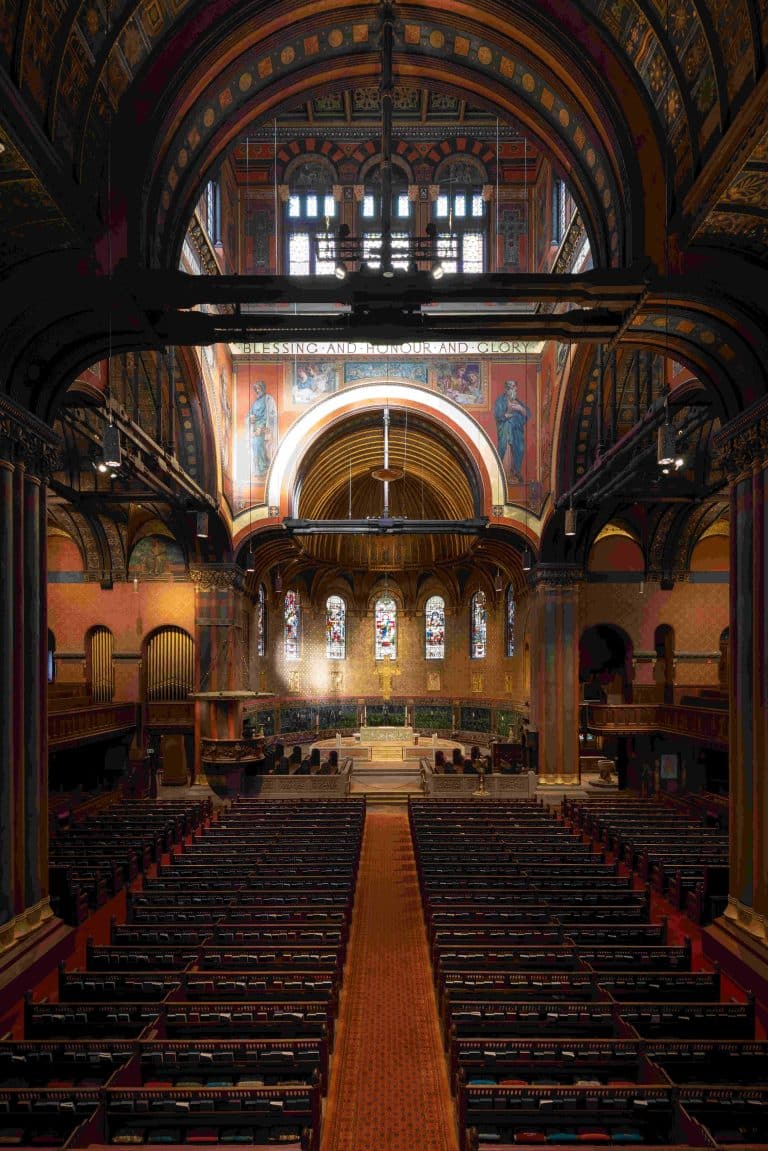
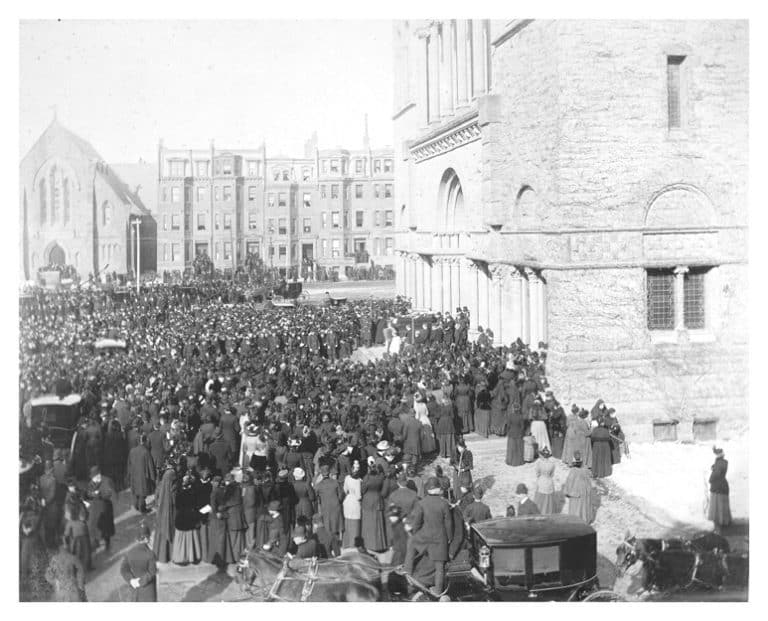
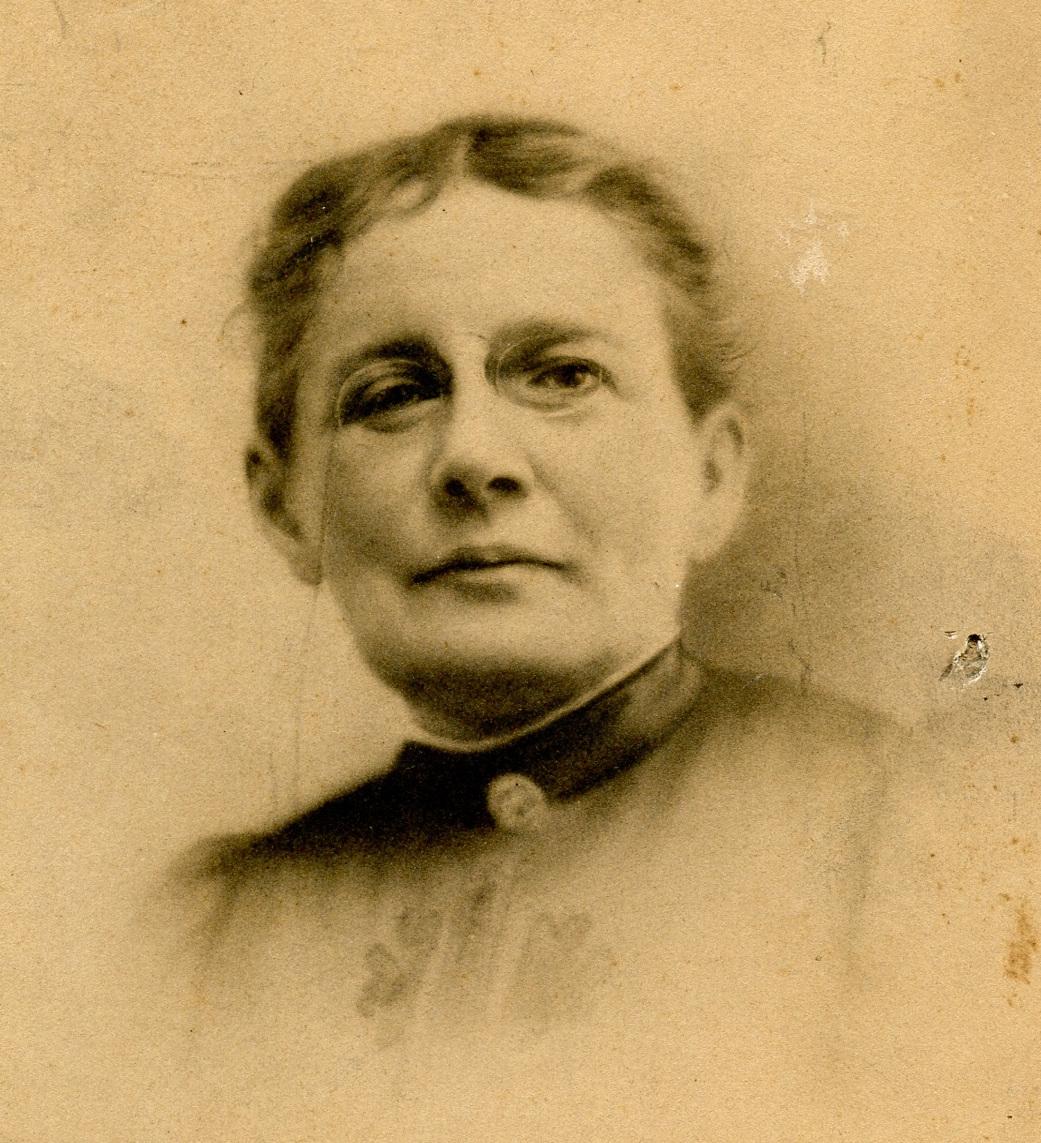
- From the Historian
Dear Trinity Church and friends, The next time you enter the Parish House, make your way past the front desk
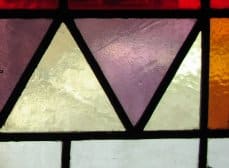
- From the Historian
Dear Trinity Church and friends, You never know where a journey will take you. This journey began by researching a
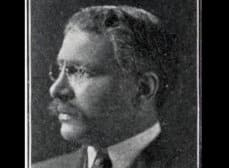
- From the Historian
Dear Trinity Church and friends, When Dr. Samuel E. Courtney wed Lilla Davis on October 21, 1896, at Trinity Church,
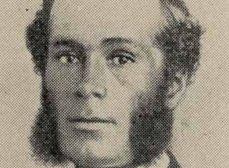
- From the Historian
Dear Trinity Church and friends, Imagine, if you will, June 22, 1898, as the bride made her way down the
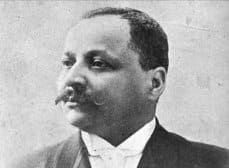
- From the Historian
Dear Trinity Church and friends, The more I learn about John Henry Lewis (1846-1918), the more of an enigma he
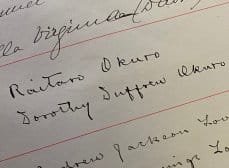
- From the Historian
“There are but a few Japanese in Boston, not over 80, and of these only one fourth are here for
